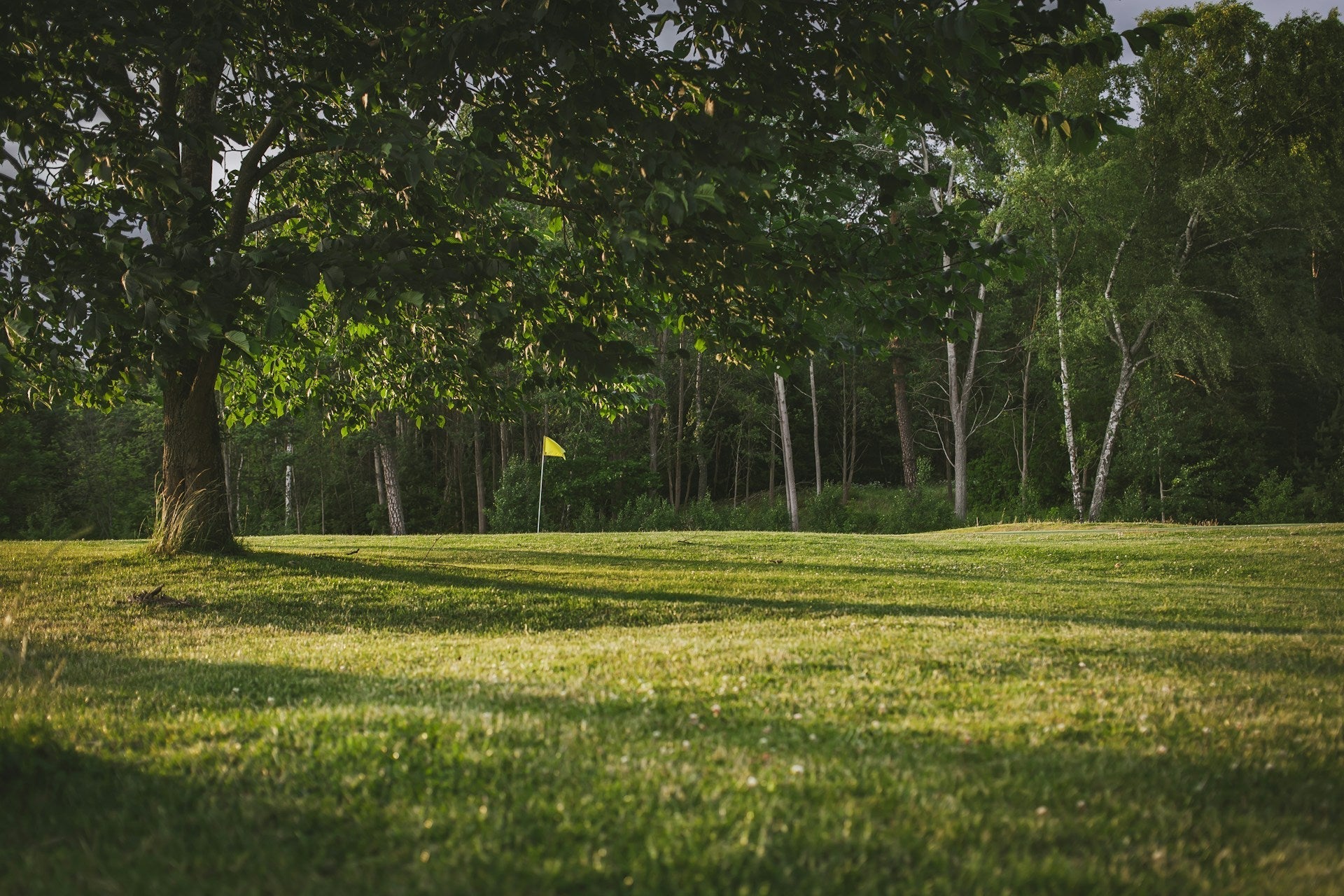Reading greens is crucial for enhancing putting accuracy and lowering golf scores. This skill involves understanding the "green slope" or the way the land inclines, the "break" of the golf ball's path, and techniques like the "plumb-bob" method.
Mastering these terminologies and techniques will elevate one's game.
Assessing the Green's Terrain
Observing from All Angles
A thorough approach to reading greens starts by walking the periphery. Observing the green's contour from every angle aids in recognizing patterns and potential ball paths. Starting from the low side provides insight into the green's break, making it clear how the ball might curve.
Identifying Slopes and Breaks
Utilize the plumb-bob method to gauge slope direction. This involves holding the putter vertically and allowing gravity to reveal the direction of the slope. Features like humps and valleys on the green affect the ball's break, making this understanding essential for putt prediction.
Read also: How To Put: Master the Art of Golf Putting
Understanding Grass Grain and Environmental Factors
Evaluating Grass Grain
Grass grain impacts both putt speed and direction. Recognize grain direction by observing the colour variations on the grass; lighter patches indicate with-grain, and darker against-grain. Reading the grain optimizes putt strategies and outcomes.
Considering Environmental Factors
Environmental factors such as wind and sun position can influence perception when reading greens. Shadows may exaggerate contours, leading to misjudgment. Players should adapt to these conditions, ensuring better accuracy. Wearing appropriate golf hats for sun protection also aids visibility.
Read also: Golf Club Angles: The Essential Guide on Golf Club Lofts
Green Reading Techniques and Methods
Integrating various green reading methods builds versatility. Combining visual assessments with feel-based techniques like the plumb-bob maximizes accuracy. Veterans often rely on experience, while tools and methods guide novices.
Importance of Speed and Visualization
Putt speed significantly affects the break. Faster putts break less, while slower putts require more adjustment for the curve. Visualizing the putt path before executing instills confidence and precision in players, ensuring they commit to the shot.
Identifying the putt's break point, the spot where it begins to curve toward the hole, is crucial. Plan the putt's path by pinpointing this area, enhancing precision and control over the ball's trajectory.
Read also: Which Golf Club to Use and When: A Guide on Golf Clubs and Their Uses
Practice Drills for Mastering Green Reading
1. Coin Drill and Ladder Drill
These drills refine a golfer's green reading skills. The coin drill focuses on establishing visual checkpoints, while the ladder drill encourages mastering backward and forward putt control. Both reinforce a player's connection between feel and visualization.
2. Gate Drill and Alignment Stick Drill
The gate drill aids in determining the start line, essential for reading complex breaks, while the alignment stick drill marries the putt's line with pace control. These drills ensure comprehensive skill development.
Conclusion
By understanding the green's terrain, mastering the grass grain's effects, respecting environmental influences, and incorporating structured practice like the coin and ladder drills, golfers will see noticeable improvements.
Regular practice and revisiting these techniques can result in consistent performance enhancements. For further skill development, explore more golf training aids and gear, or refine any related techniques.
 Reviews on
Reviews on 


